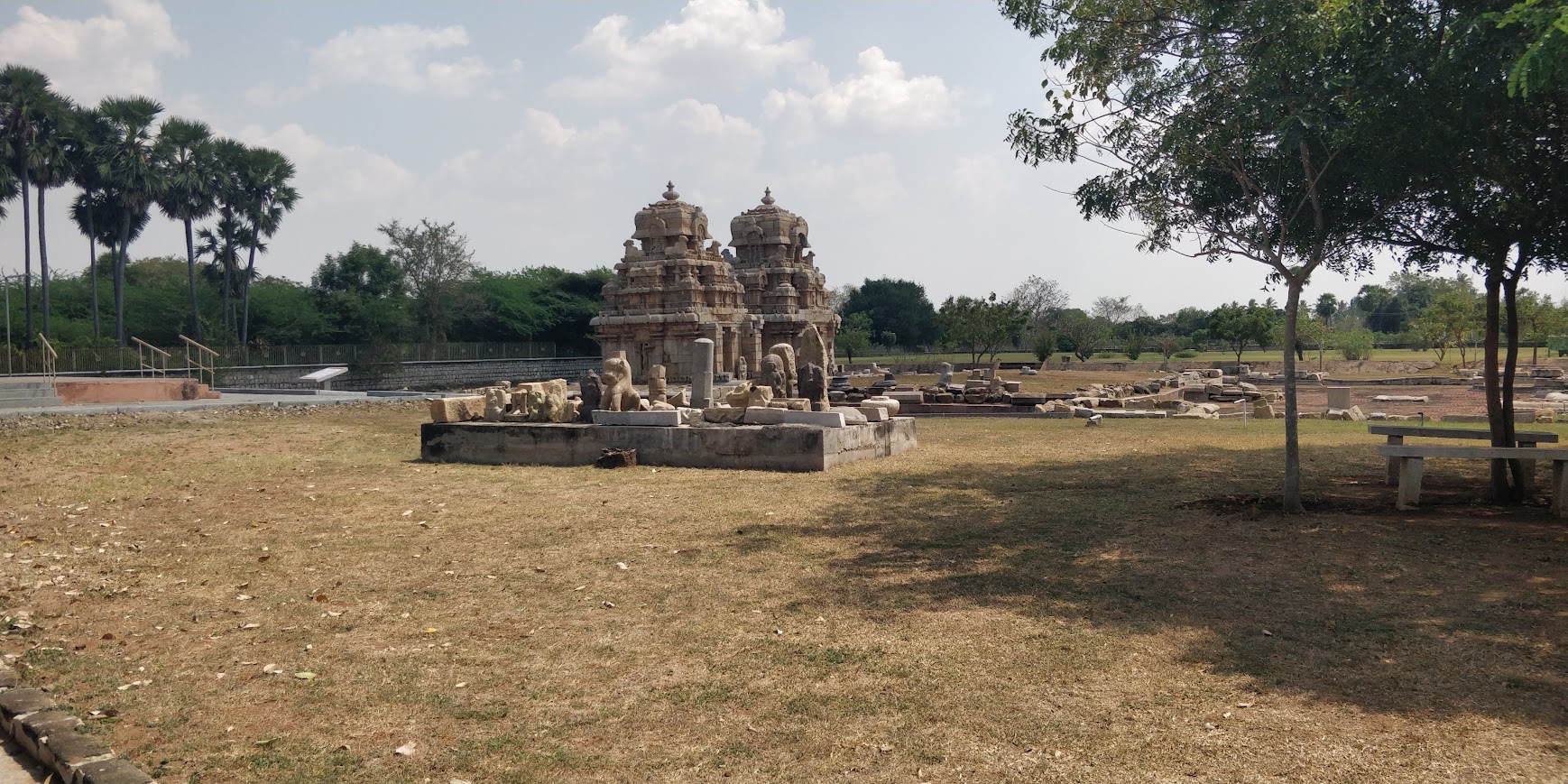
The Ayodhya Ram Temple issue has a long and complex history, marked by political, religious, and legal developments.
1528: The Babri Masjid was constructed in Ayodhya, allegedly on the site of the birthplace of Lord Ram.
1853: There was a communal violence in Ayodhya over the Babri Masjid-Ram Janmabhoomi dispute.
1949: Idols of Lord Ram appeared inside the Babri Masjid. The mosque was locked, and both Hindus and Muslims file civil suits.
1950: Gopal Singh Visharad filed a suit seeking permission to worship the idols placed inside the mosque.
1959: The Nirmohi Akhara, a Hindu religious institution, filed a lawsuit seeking possession of the site.
1961: The Sunni Central Board of Waqfs filed a suit claiming ownership of the Babri Masjid.
1984: The Vishwa Hindu Parishad (VHP) launched a movement for the construction of a Ram temple at the disputed site.
1986: The Faizabad District Court ordered the opening of the locks to the Babri Masjid, allowing Hindus to worship the idols inside.
1989: The Shilanyas ceremony for the construction of the Ram Temple took place in Ayodhya.
1992:The Babri Masjid was demolished by a mob of Hindu activists. Communal riots erupted across India.
1992-1993: The Liberhan Commission was set up to investigate the demolition of the Babri Masjid.
1993: The land around the disputed site was acquired by the government.
2002:The Archaeological Survey of India (ASI) conducted excavations at the site, and claimed evidence of a Hindu temple beneath the mosque.
2003: The Archaeological Survey of India submitted its report to the Allahabad High Court.
2009:The Allahabad High Court delivered a verdict, dividing the disputed land into three parts among the Sunni Waqf Board, the Nirmohi Akhara, and the party representing the deity Ram Lalla.
2010: The Allahabad High Court verdict was challenged in the Supreme Court.
2019: The Supreme Court of India heard the Ayodhya dispute case and, in November, delivered a unanimous verdict, awarding the entire disputed land to the Hindus for the construction of the Ram Temple. The court also directed the government to provide an alternate plot of land to the Sunni Waqf Board for the construction of a mosque.
2020: Prime Minister Narendra Modi laid the foundation stone for a grand Ram Temple on the Babri masjid site on August 5, 2020.
2023 : The construction of the Ram Temple continued, and the site remains a symbol of religious and historical significance.
2024: PM Modi led the consecration ceremony of the idol of Ram Lalla in the newly-built temple in Ayodhya on January 22, 2024.
அயோத்தி ராம் கோயில் பிரச்சினை ஒரு நீண்ட மற்றும் சிக்கலான வரலாற்றைக் கொண்டுள்ளது, இது அரசியல், மத மற்றும் சட்ட முன்னேற்றங்களால் குறிக்கப்பட்டுள்ளது.
1528: இராமச்சந்திர பிரபுவின் பிறப்பிடத்தின் தளத்தில் கூறப்படும் அயோத்தியில் பாப்ரி மஸ்ஜித் கட்டப்பட்டது.
1853: பாப்ரி மஸ்ஜித்-ராம் ஜன்மபூமி சர்ச்சை தொடர்பாக அயோத்தியில் ஒரு வகுப்புவாத வன்முறை நடந்தது.
1949: பாப்ரி மஸ்ஜித்துக்குள் குழந்தை இராமரின் சிலைகள் தோன்றின. மசூதி பூட்டப்பட்டது, இந்துக்கள் மற்றும் முஸ்லிம்கள் இருவரும் சிவில் வழக்குகளை தாக்கல் செய்தனர்
1950: மசூதிக்குள் வைக்கப்பட்டுள்ள சிலைகளை வணங்க அனுமதி கோரி கோபால் சிங் விசாரத் வழக்கு தாக்கல் செய்தார்.
1959: நிர்மோஹி அகாரா என்ற ஒரு இந்து மத நிறுவனம், தளத்தை வைத்திருக்கும் வழக்கைத் தாக்கல் செய்தது.
1961: வக்ஃப்ஸின் சுன்னி மத்திய வாரியம் பாப்ரி மஸ்ஜித்தின் உரிமையைக் கோரி ஒரு வழக்கைத் தாக்கல் செய்தது.
1984: விஸ்வ இந்து பரிஷத் (வி.எச்.பி) சர்ச்சைக்குரிய இடத்தில் ஒரு ராம் கோயிலைக் கட்டுவதற்கான இயக்கத்தைத் தொடங்கினர்.
1986: ஃ பைசாபாத் மாவட்ட நீதிமன்றம் பாப்ரி மஸ்ஜித்துக்கு பூட்டுகளைத் திறக்க உத்தரவிட்டது, இந்துக்களை உள்ளே சிலைகளை வணங்க அனுமதித்தது.
1989: ராம் கோயில் கட்டுமானத்திற்கான ஷிலியன்யாஸ் விழா அயோத்தியில் நடந்தது.
1992: இந்து ஆர்வலர்களின் கும்பலால் பாப்ரி மஸ்ஜித் இடிக்கப்பட்டது. இந்தியா முழுவதும் வகுப்புவாத கலவரம் வெடித்தது.
1992-1993: பாப்ரி மஸ்ஜித் இடிக்கப்படுவது குறித்து விசாரிக்க லிபர்ஹான் கமிஷன் அமைக்கப்பட்டது.
1993: சர்ச்சைக்குரிய தளத்தைச் சுற்றியுள்ள நிலம் அரசாங்கத்தால் கையகப்படுத்தப்பட்டது.
2002: இந்திய தொல்பொருள் ஆய்வு (ASI) அந்த இடத்தில் அகழ்வாராய்ச்சிகளை நடத்தியது, மேலும் மசூதிக்கு அடியில் ஒரு இந்து கோவிலின் ஆதாரங்களைக் கண்டுபிடித்தது.
2003: இந்திய தொல்பொருள் ஆய்வு தனது அறிக்கையை அலகாபாத் உயர்நீதிமன்றத்தில் சமர்ப்பித்தது.
2009: அல்லாஹாபாத் உயர் நீதிமன்றம் ஒரு தீர்ப்பை வழங்கியது, சர்ச்சைக்குரிய நிலத்தை சுன்னி வக்ஃப் வாரியம், நிர்மோஹி அகாரா மற்றும் தெய்வம் ராம் லல்லாவைக் குறிக்கும் கட்சி மத்தியில் மூன்று பகுதிகளாகப் பிரித்தது.
2010: அலகாபாத் உயர் நீதிமன்ற தீர்ப்பு உச்சநீதிமன்றத்தில் சவால் செய்யப்பட்டது.
2019: இந்திய உச்சநீதிமன்றம் அயோத்தி தகராறு வழக்கை விசாரித்தது, நவம்பரில், ஒருமனதாக தீர்ப்பை வழங்கியது, ராம் கோயிலைக் கட்டியதற்காக முழு சர்ச்சைக்குரிய நிலத்தையும் இந்துக்களுக்கு வழங்கியது. மசூதியை நிர்மாணிப்பதற்காக சுன்னி வக்ஃப் வாரியத்திற்கு மாற்று நிலத்தை வழங்குமாறு நீதிமன்றம் அரசாங்கத்திற்கு அறிவுறுத்தியது.
2020: பிரதமர் நரேந்திர மோடி ஆகஸ்ட் 5, 2020 அன்று பாப்ரி மஸ்ஜித் தளத்தில் ஒரு பெரிய ராம் கோயிலுக்கு அடித்தளக் கல் வைத்தார்.
2023: ராம் கோயிலின் கட்டுமானம் தொடர்ந்தது, மற்றும் தளம் மத மற்றும் வரலாற்று முக்கியத்துவத்தின் அடையாளமாக உள்ளது.
2024 PM ஜனவரி 22, 2024 அன்று அயோத்தியில் புதிதாக கட்டப்பட்ட கோயிலில் ராம் லல்லாவின் சிலையின் பிரதிஷ்டை விழாவை மோடி வழிநடத்தினார்.




